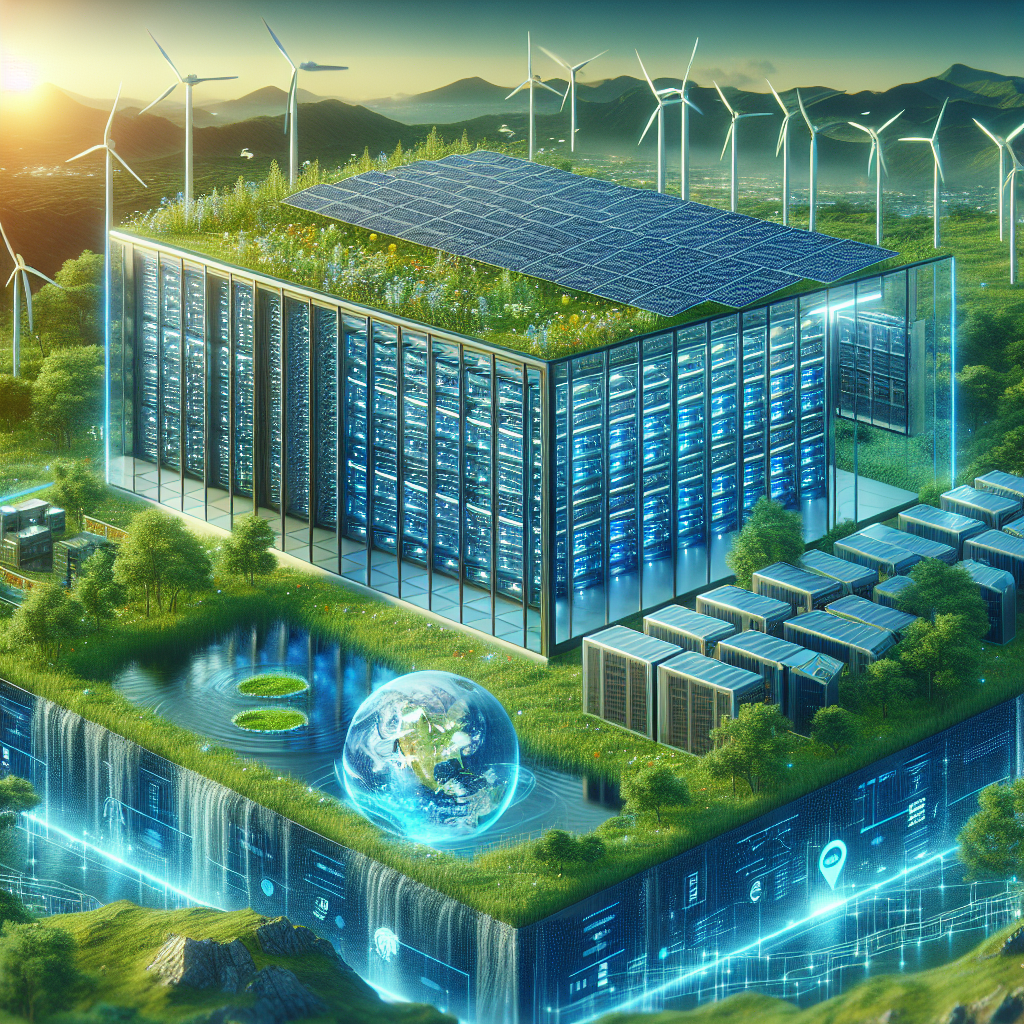In today’s world, the need for sustainability and environmental responsibility has never been more pressing. With the effects of climate change becoming increasingly apparent, businesses and individuals alike are being called upon to take action to mitigate their impact on the planet. One industry that has been at the forefront of this movement is the data center industry.
Data centers are large facilities that house the servers and other infrastructure necessary to support the digital world we live in. These facilities consume vast amounts of energy to power and cool the equipment they house, leading to a significant carbon footprint. However, many data center operators have recognized the importance of reducing their environmental impact and have taken steps to build a more sustainable future.
One way that data centers are leading the charge in environmental responsibility is through the use of renewable energy sources. Many data centers are now powered by solar, wind, or hydroelectric energy, reducing their reliance on fossil fuels and lowering their carbon emissions. In fact, some data centers are even able to generate more energy than they consume, selling the excess back to the grid and further reducing their environmental impact.
In addition to using renewable energy, data centers are also implementing energy-efficient technologies to reduce their overall energy consumption. This includes using advanced cooling systems, optimizing server configurations, and implementing energy management software to monitor and control energy usage. By making these improvements, data centers are able to lower their energy costs and reduce their carbon footprint.
Data centers are also investing in sustainable building practices to minimize their environmental impact. This includes using eco-friendly building materials, implementing water-saving measures, and designing facilities to maximize natural light and ventilation. By incorporating sustainable design principles into their construction and operations, data centers are able to reduce their resource consumption and minimize their environmental footprint.
Furthermore, many data centers are also implementing recycling and waste reduction programs to minimize their impact on the environment. This includes recycling e-waste, repurposing old equipment, and diverting waste from landfills. By taking these steps, data centers are able to reduce their environmental impact and contribute to a more sustainable future.
Overall, data centers are leading the charge in environmental responsibility by implementing renewable energy sources, energy-efficient technologies, sustainable building practices, and recycling and waste reduction programs. By taking these steps, data centers are not only reducing their own environmental footprint but also setting an example for other industries to follow. As the digital world continues to grow, it is essential that data centers continue to prioritize sustainability and environmental responsibility to build a more sustainable future for generations to come.


Leave a Reply